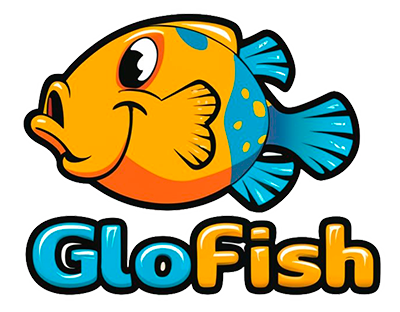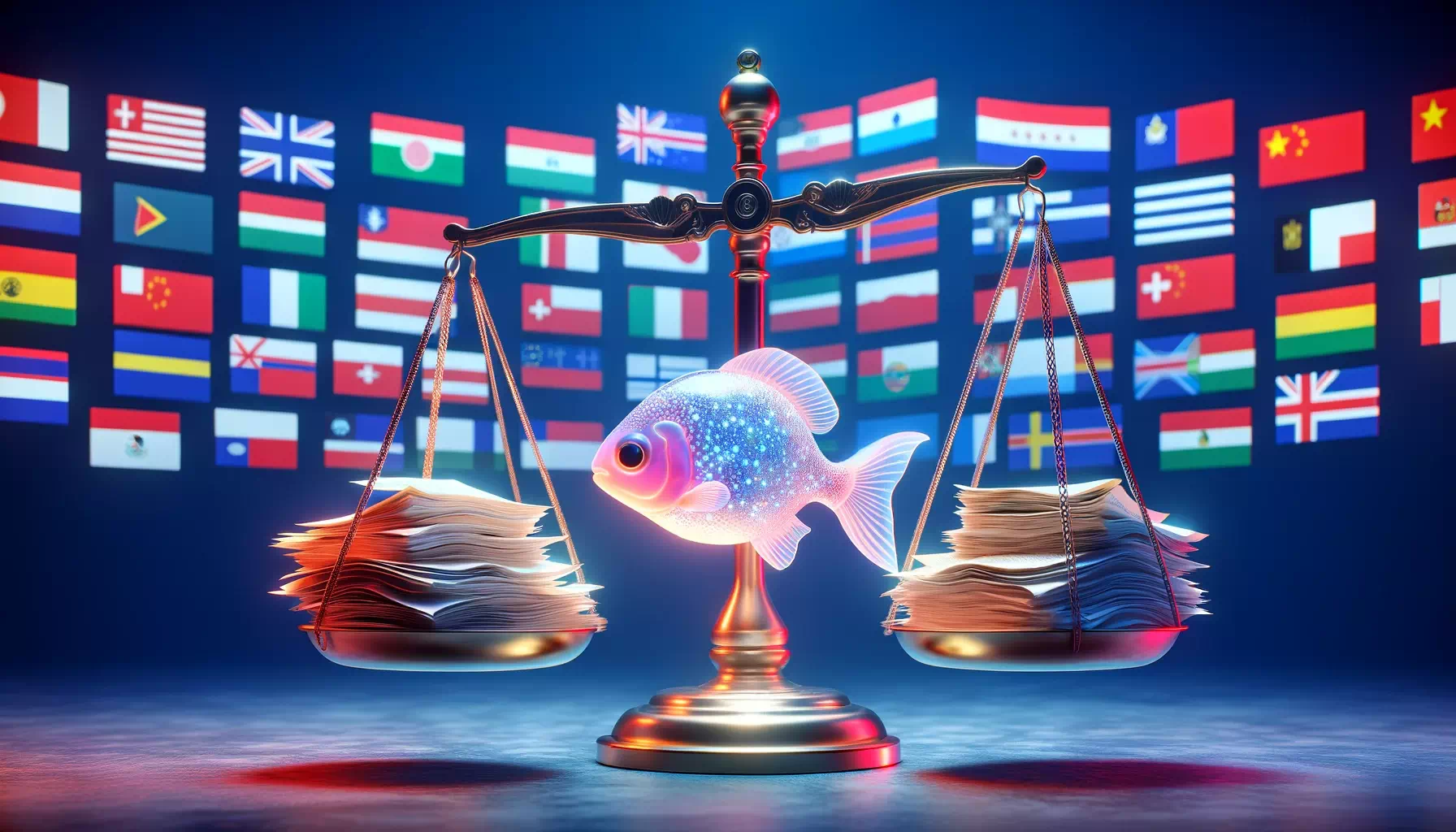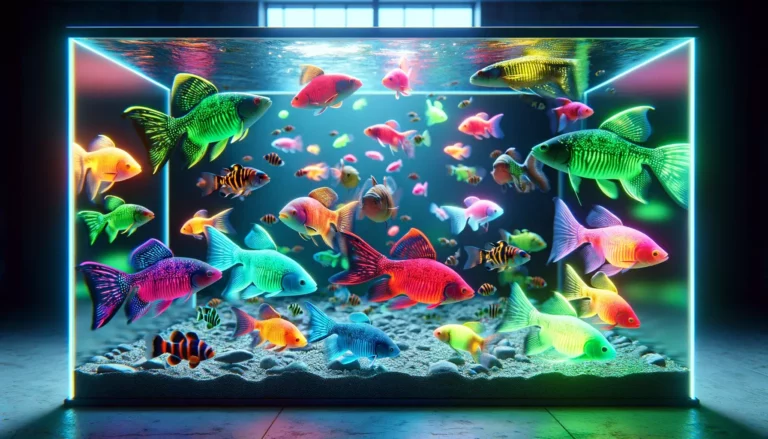Initial Introduction Countries of GloFish in Aquarium Markets
GloFish first made their debut in the United States in 2003. Their introduction was unique in the pet fish market. The U.S. was the first country to experience GloFish. Other countries saw their introduction later. This marked a sequential rollout across the globe.
Initial introduction in the U.S. set a precedent. Other countries observed the U.S. market’s reaction. This helped shape their own policies and decisions. The U.S. success of GloFish influenced other nations to consider introducing them.
European countries were more cautious. Many had strict regulations on genetically modified organisms (GMOs). This led to a delayed introduction of GloFish in Europe. Asia, on the other hand, showed interest sooner due to fewer restrictions.
The sequential introduction was not just regulatory. It also involved market strategy. The creators of GloFish targeted specific markets at different times. They ensured supply chains and legal frameworks were ready. This approach helped establish GloFish as a global brand.
Impact of National Regulations on GloFish Introduction
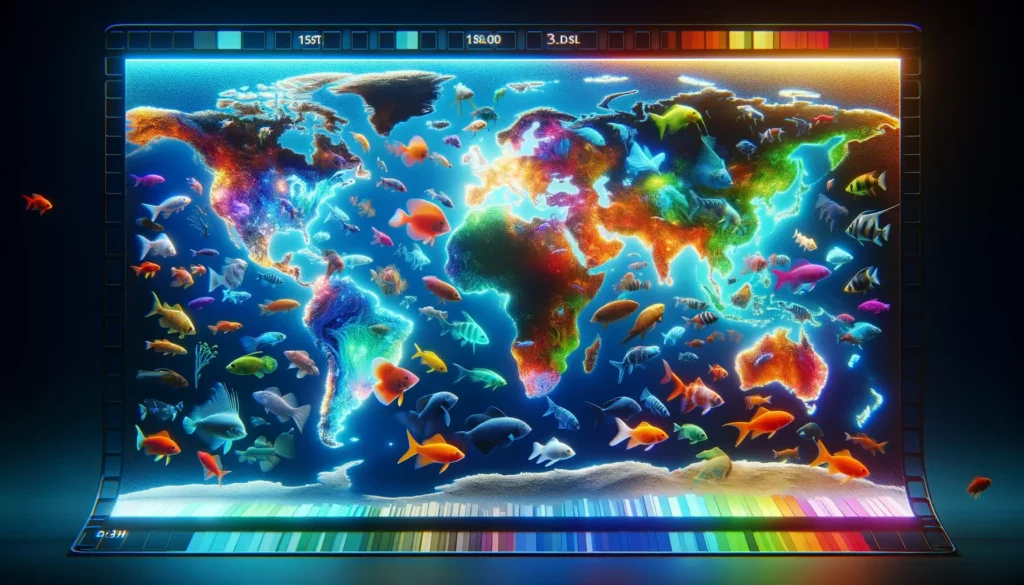
National regulations played a critical role in the introduction of GloFish. The U.S. was the first to approve them. This was due to its relatively lenient stance on GMOs. Regulatory frameworks in each country significantly influenced GloFish availability.
In the European Union, the situation was different. Strict GMO laws delayed GloFish introduction. Some countries in Europe still do not allow GloFish sales. This is due to ethical and environmental concerns.
In Asia, countries like Singapore and Japan were more receptive. Their regulations were more accommodating to genetic modification. This allowed for an earlier introduction of GloFish.
Regulations didn’t just affect availability. They also influenced public perception. In countries with strict laws, people were more skeptical of GloFish. In countries with lenient regulations, acceptance was quicker.
Regulations also impacted GloFish varieties. Some countries allowed certain colors or species, while others did not. This led to a diverse range of GloFish available globally. Each country’s legal stance shaped its GloFish market.
Countries with Initial Bans or Restrictions on GloFish
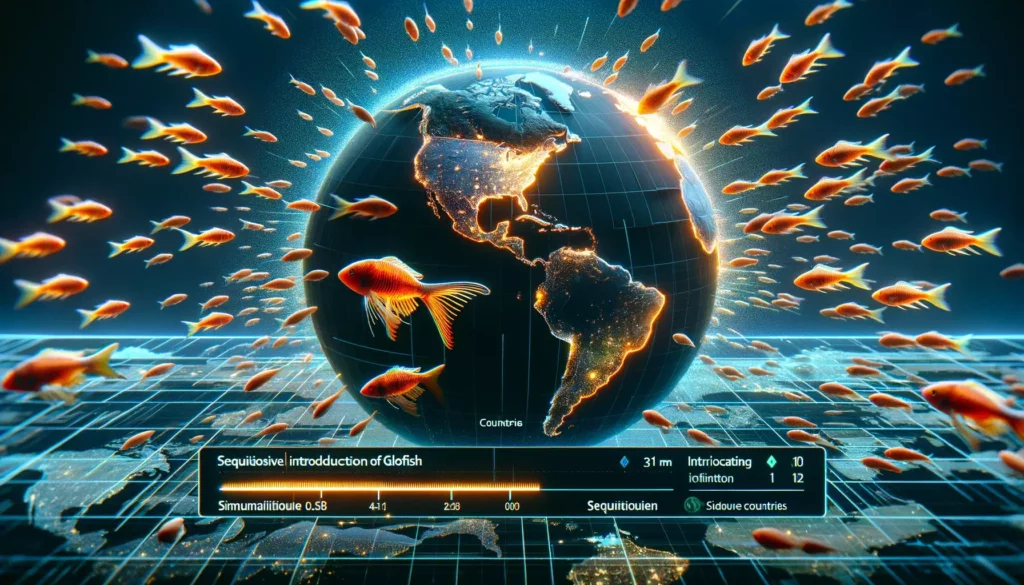
Several countries imposed bans or restrictions on GloFish initially. The European Union stood out for its strict stance. EU regulations on genetically modified organisms (GMOs) were a major barrier. This led to a ban on GloFish sales across member states.
Australia also prohibited GloFish. Their concerns were environmental and ethical. They feared potential ecological impacts if GloFish were released into the wild. Canada initially restricted GloFish for similar reasons. The risk of affecting native fish species was a concern.
These bans reflected broader debates on GMOs. They showed differing national attitudes towards genetic modification. In countries with bans, public opinion often supported these restrictions. There was a greater emphasis on ecological preservation and ethical considerations.
In contrast, countries without bans saw a different public perception. There was more openness to genetic modification in the pet industry. These contrasting views illustrate the global divide in attitudes towards GMOs and biotechnology.
Early Sales Trends of GloFish in Various Countries

The sales trends of GloFish varied significantly across countries. In the United States, where GloFish were first introduced, sales soared quickly. The U.S. market showed strong enthusiasm for these unique pets. The novelty factor played a big role in their popularity.
In Asian markets like Singapore and Japan, GloFish also gained popularity. These countries had fewer restrictions on GMOs. Their market response was positive, with a high demand for these colorful fish.
However, in countries with bans or strict regulations, there were no official sales. This includes the European Union and Australia. In these regions, public interest existed, but legal barriers prevented market entry.
Sales trends also depended on the variety of GloFish available. In some countries, certain colors or species were more popular than others. Marketing strategies tailored to regional preferences influenced these trends.
Overall, early sales trends of GloFish highlighted the global diversity in both regulatory environments and consumer preferences. The success in certain markets contrasted with complete absence in others due to legal restrictions.
Variations in GloFish Species and Colors by Country
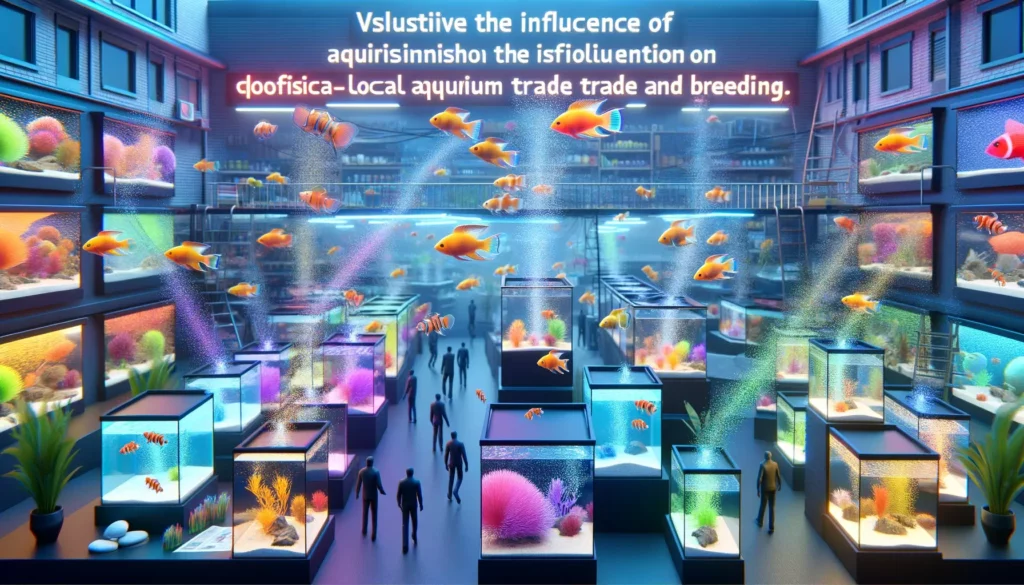
GloFish are available in various species and colors, but these vary by country. In the United States, the range is extensive. Customers in the U.S. can choose from zebrafish, tetras, and barbs in multiple colors. These include red, green, blue, purple, and pink.
In Asian markets like Japan and Singapore, the variety is somewhat limited. Mainly, zebrafish in a few select colors are available. This is due to different regulatory and market preferences. Asian countries tend to be more cautious about introducing a wide range of genetically modified organisms.
European countries have stricter GMO regulations. This limits the availability of GloFish. In many EU countries, GloFish are not sold due to a ban on genetically modified pets. Where they are available, the range is significantly restricted.
The color and species availability also depend on local breeding programs. In countries with active GloFish breeding, a wider variety is seen. This is due to breeders experimenting with different genetic modifications.
These variations reflect diverse regulatory landscapes and cultural preferences. They influence how GloFish are perceived and accepted in different parts of the world.
Local Aquarium Community Reactions to GloFish Introduction
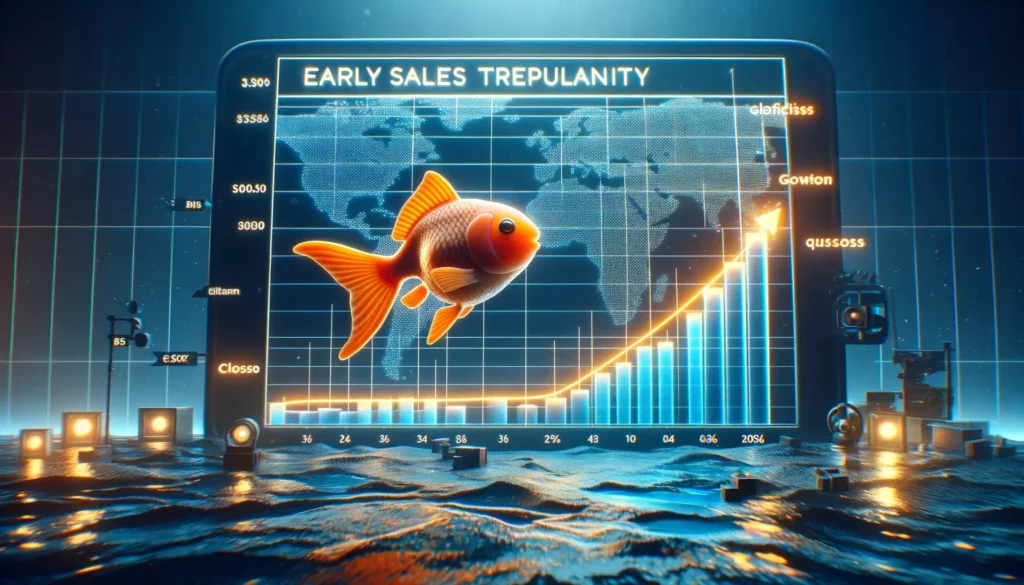
The introduction of GloFish sparked varied reactions from local aquarium communities. In the United States, the response was largely positive. Aquarium hobbyists were excited about the novelty. Many saw GloFish as a fun and unique addition to their collections.
In Asia, reactions were mixed. In countries with a strong interest in aquascaping and natural aquarium setups, GloFish were sometimes seen as unnatural. However, others appreciated the technological innovation they represented.
European aquarium communities, where GloFish are largely banned, often debate their ethical implications. Discussions focus on the impact of genetic modification in the pet trade. Many European hobbyists prefer natural fish species and are wary of genetically altered variants.
In all regions, there is a segment of the aquarium community concerned about the potential ecological impact. They worry about what could happen if GloFish were released into the wild. This concern is often discussed in forums and community gatherings.
These reactions from local aquarium communities highlight the diverse perspectives on GloFish. They range from excitement and acceptance to ethical concerns and ecological caution. This diversity reflects the broader global debate on genetic modification and its place in society.
Country-Specific Environmental and Ethical Debates on GloFish

The introduction of GloFish has sparked environmental and ethical debates worldwide, varying by country. In the European Union, the primary concern revolves around the ethical implications of genetic modification for aesthetic purposes. There’s a strong emphasis on the natural balance and the potential ecological risks if GloFish were to escape into local ecosystems.
In the United States, while there was initial concern about environmental impacts, the debate has largely shifted to ethical considerations. Questions about the morality of altering animal DNA for human enjoyment are prevalent. However, the U.S. generally shows more acceptance of biotechnological advancements in the pet industry.
In Asian countries like Japan and Singapore, discussions often focus on both environmental safety and the future implications of genetic engineering. There’s a balance between technological enthusiasm and caution about interfering with nature.
Australia, which has banned GloFish, reflects a strict stance on ecological conservation and ethical considerations. The potential threat to native species if GloFish were released into the wild is a major concern.
These country-specific debates highlight the global complexity surrounding GloFish. They reveal differing national priorities and perspectives on genetic modification, animal welfare, and environmental protection.
Influence of GloFish on Local Aquarium Trade and Breeding
GloFish have had a significant impact on the local aquarium trade and breeding practices in various countries. In the United States, where GloFish have been a commercial success, they have spurred interest in aquarium keeping, particularly among younger hobbyists. This has led to an increase in aquarium sales and related accessories.
In countries with active GloFish sales, local breeders have shown interest in developing new varieties. This is especially true in the U.S. and some Asian markets. The breeding of GloFish has become a niche but growing segment of the aquarium trade.
However, in countries where GloFish are banned or restricted, such as in the European Union and Australia, there has been no direct impact on the local aquarium trade. In these regions, the focus remains on traditional and natural fish species.
The introduction of GloFish has also raised discussions among breeders and hobbyists about the ethical aspects of genetic modification in fish breeding. It has led to a broader conversation about responsible breeding practices and the future of the aquarium hobby.
Collaborations and Partnerships in GloFish Distribution by Country
Collaborations and partnerships have been key in the distribution of GloFish across different countries. In the United States, Yorktown Technologies, the company that commercialized GloFish, partnered with various fish breeders and retailers to distribute them nationwide. This helped establish a strong market presence.
In Asian countries, local distributors have often partnered with U.S. suppliers to import GloFish. These partnerships are critical in navigating the legal and logistical challenges of importing genetically modified organisms.
In the European Union, where GloFish are mostly banned, there have been no significant collaborations or partnerships. Instead, the focus has been on legal debates and discussions about potentially lifting bans or modifying regulations.
Collaborations with scientific and research institutions have also been part of GloFish’s history. These partnerships focus on ensuring the environmental safety of GloFish and exploring their potential use in scientific research.
These collaborations and partnerships in GloFish distribution reflect a complex network of business, legal, and ethical considerations. They play a crucial role in shaping the global GloFish market and addressing the diverse regulations and market demands of different countries.
